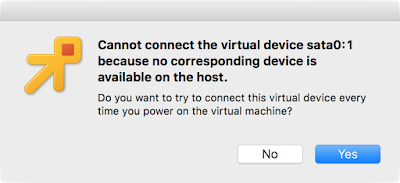HiPEAC: Shifting Focal Points in European HPC Research
This week we delved into a wide variety of European projects that address future needs of systems in research and industry at HiPEAC in Valencia, Spain. …
HiPEAC: Shifting Focal Points in European HPC Research was written by Nicole Hemsoth at .
 Silver Peak’s EdgeConnect SD-WAN platform is now certified by Google Cloud, Amazon Web Services, Microsoft Azure, and Oracle Cloud.
Silver Peak’s EdgeConnect SD-WAN platform is now certified by Google Cloud, Amazon Web Services, Microsoft Azure, and Oracle Cloud. The Nutanix-VMware battle escalated with a Nutanix blog accusing VMware COO Sanjay Poonen of “bullying” Nutanix customers.
The Nutanix-VMware battle escalated with a Nutanix blog accusing VMware COO Sanjay Poonen of “bullying” Nutanix customers. Canonical says the latest version of its platform for IoT and container deployments will reduce three things: time to market, software development risk, and security maintenance costs.
Canonical says the latest version of its platform for IoT and container deployments will reduce three things: time to market, software development risk, and security maintenance costs. SDxCentral is pleased to announce Dan Meyer has been promoted to editor in chief at SDxCentral. Read more in this post by CEO Matt Palmer.
SDxCentral is pleased to announce Dan Meyer has been promoted to editor in chief at SDxCentral. Read more in this post by CEO Matt Palmer.

 The German carrier signed an agreement with the Berlin Senate Department for Economics, Energy and Public Enterprises to drive 5G deployment in the capital.
The German carrier signed an agreement with the Berlin Senate Department for Economics, Energy and Public Enterprises to drive 5G deployment in the capital.

 They are mobile 5G, fixed wireless, and edge computing, and AT&T says it is building its networks to allow “LTE to work efficiently in parallel with 5G.” “
They are mobile 5G, fixed wireless, and edge computing, and AT&T says it is building its networks to allow “LTE to work efficiently in parallel with 5G.” “